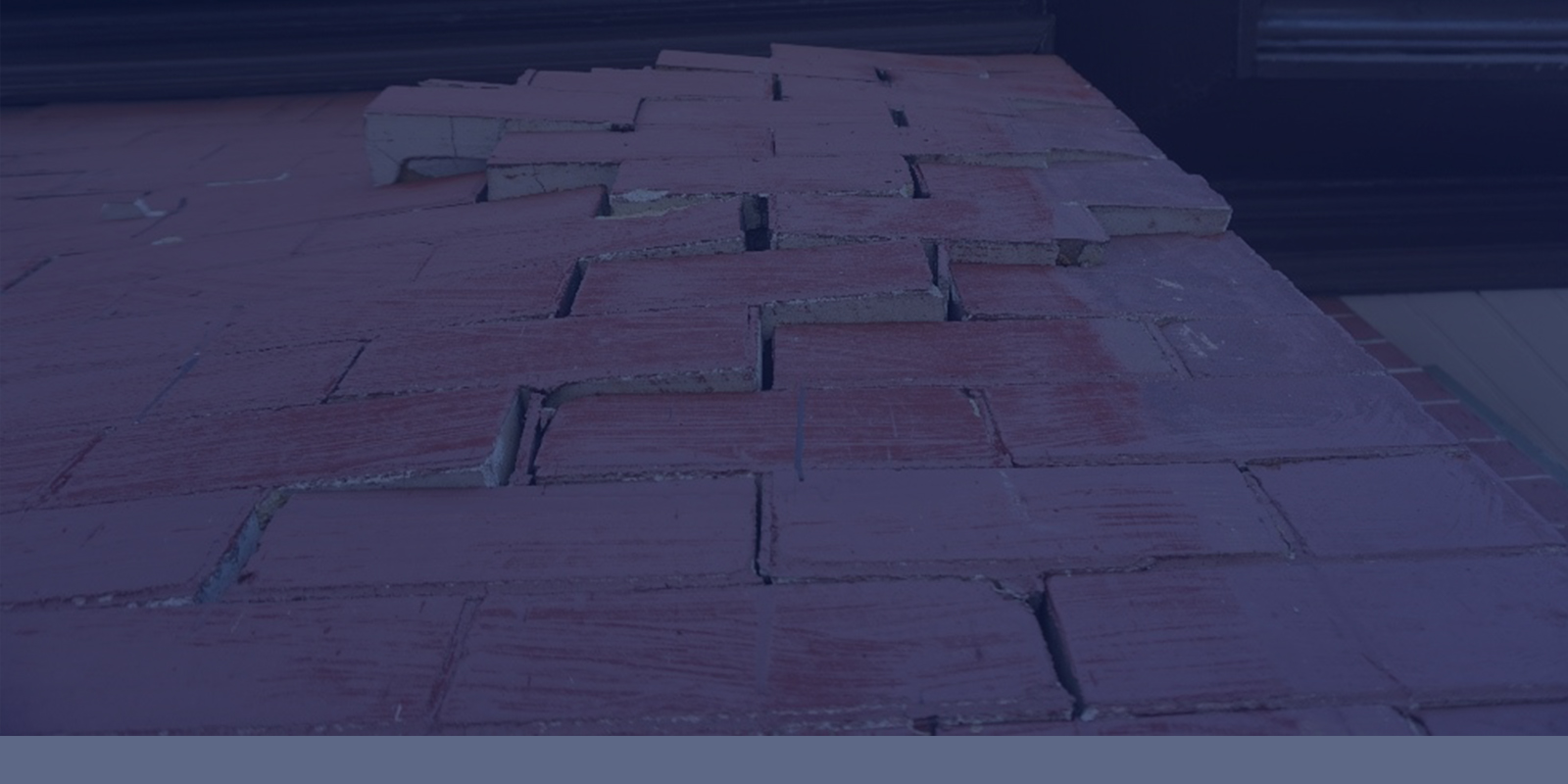On March 18, 2020, much of Utah was awoken to a magnitude 5.7 earthquake occurring near Magna, Utah, a suburb of Salt Lake City. According to data compiled by the State of Utah, the earthquake occurred on the Salt Lake City Segment of the Wasatch fault and was the largest earthquake in the Wasatch fault system in historic times (Utah.gov).
Post-earthquake building evaluations were performed by Nelson’s team of professional engineers and architects. Damages sustained to modern buildings were generally minor, primarily consisting of displaced masonry chimney components and cracks/separations in inflexible interior and exterior finishes (Figure 1).
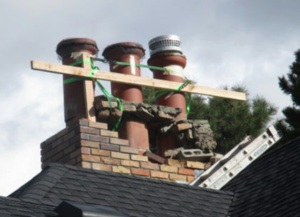
Figure 1: Displaced masonry at residential chimney
However, older buildings in the Salt Lake Valley, generally built prior to 1975, were commonly constructed using unreinforced or under-reinforced masonry (URM). Due to the high mass and low ductility of URM buildings, these buildings generally perform poorly in significant seismic events. After the 2020 Magna Earthquake, Nelson observed out-of-plane distortion of URM bearing walls at structures located throughout Salt Lake City (Figure 2).
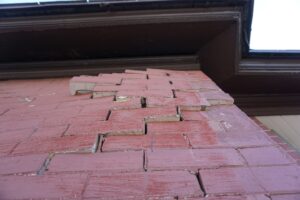
Figure 2: Out-of-plane distortion of URM bearing wall
Parapet walls, a short wall built along the edge of a roof, are some of the most vulnerable elements to out-of-plane displacement or collapse as a result of building drift (sideway) during an earthquake. Nelson observed partially collapsed and displaced parapet walls that were unbraced or insufficiently braced to the roof diaphragms (Figure 3).
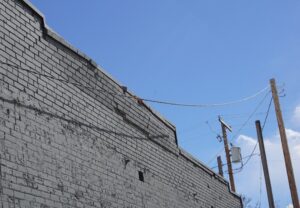
Figure 3: Displacement of parapet wall at commercial building
Where independent structures are constructed in close proximity to one another, a seismic joint is typically required between buildings that can accommodate the anticipated drift of each building during an earthquake. When this joint is not provided, the buildings have no means to accommodate out-of-phase seismic resonance between independent structural systems which can result in damage known as seismic pounding (Figure 4).
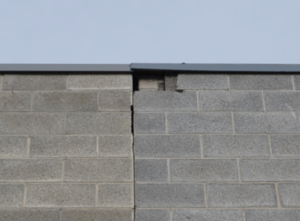
Figure 4: Displaced concrete masonry at interface between adjoining buildings
Seismic experts predict that the Wasatch Fault, where nearly 80% of Utah’s population lives, has a 43% chance of experiencing a 6.75 or greater magnitude earthquake in the next fifty years (Envisionutah.org). Nelson’s team of professionals has extensive experience in evaluations of structures and other elements for potential damages related to earthquake and other vibratory events, including those caused by nearby construction activities.
